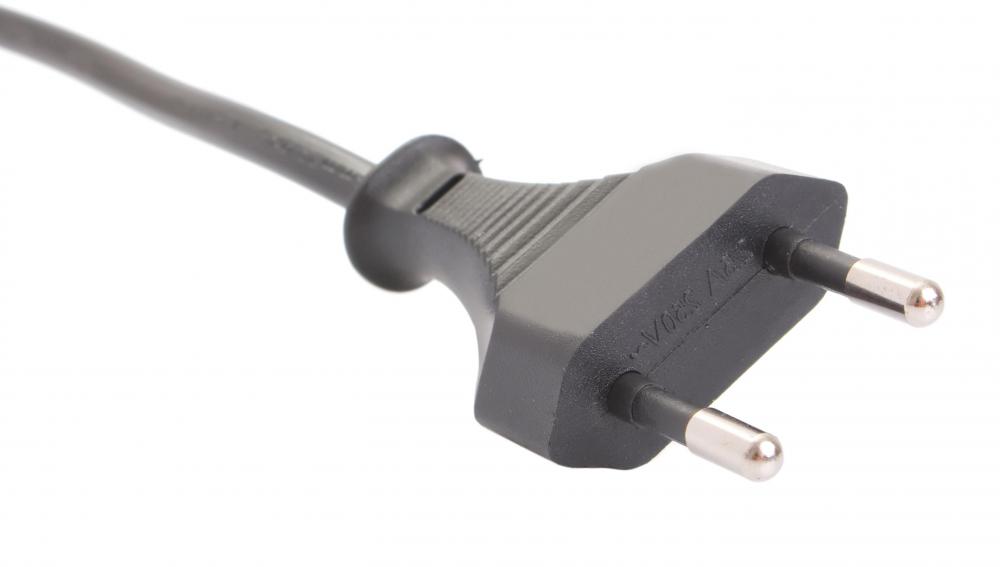At HomeQuestionsAnswered, we're committed to delivering accurate, trustworthy information. Our expert-authored content is rigorously fact-checked and sourced from credible authorities. Discover how we uphold the highest standards in providing you with reliable knowledge.
How does an Electrical Outlet Work?
In every home, office building, and manufacturing plant, standard electrical outlets can be found. These outlets, also known as receptacles or plugs, serve to provide ready-to-use electricity for all who need it. These outlets serve to supply power to such everyday items as lamps, vacuum cleaners, toasters, microwaves, radios, TVs, and stereo equipment.
While the outlet supplies electricity and is readily visible to the eye, there is much going on behind the scenes, or walls in this case, to get that electricity to the outlet. Electrical wiring travels from the electrical panel to the outlet, with possible stops at other outlets or lighting devices along the way. For an outlet to function, the hot wire (usually a black or blue wire) will leave the panel and bring the power to the outlet, while a second wire, the neutral wire (usually a white wire) returns the power from the outlet to the electrical panel. In effect, the power is brought to the electrical device (an outlet in this case) and then circles back to the panel. This is how the term electrical "circuit" came into being. A third wire is sometimes present. This wire (typically green in color) serves as a grounding wire.

Many municipalities have electrical codes mandating that electrical wiring be housed in pipe. This is by far the safest way to route electrical wiring and ensure a proper grounding. Other forms of housing for electrical wiring are BX (a flexible, aluminum coil) and romex (a rubberized insulator).
In many older homes, two prong outlets are the norm. Modern houses contain three prong outlets, allowing the hot, neutral and ground all to be brought to the outlet. In washrooms, near kitchen sinks and in garages, you may find GFI receptacles. GFI stands for ground fault interrupter. These outlets, now required in many states, are extremely sensitive and are installed, or should be installed, wherever water is in close proximity. An outlet like this can save lives as it will trip (turn off) much like a circuit breaker, if it detects more power coming into the hot wire than in leaving through the neutral wire.

For instance, if a radio fell into the bathtub while you were bathing, you would be in for a bit of trouble to say the least. With a standard two or three prong receptacle, the power would continue to pass through the water and you. In all likelihood, you would be electrocuted. If, however, that radio was plugged into a GFI receptacle, the receptacle would sense the lack of electricity returning to pass through the neutral (since it was passing through you instead) and trip, thus killing the power to the radio and potentially saving your life.
AS FEATURED ON:
AS FEATURED ON:















Discussion Comments
what are some codes someone must follow in the fields of electrical engineering?
Yes, if it is within six feet it must be GFCI protected.
Is there a regulation regarding the proximity of a 110 volt AC plug outlet to a source of water such as a faucet in an industrial plant?
Post your comments